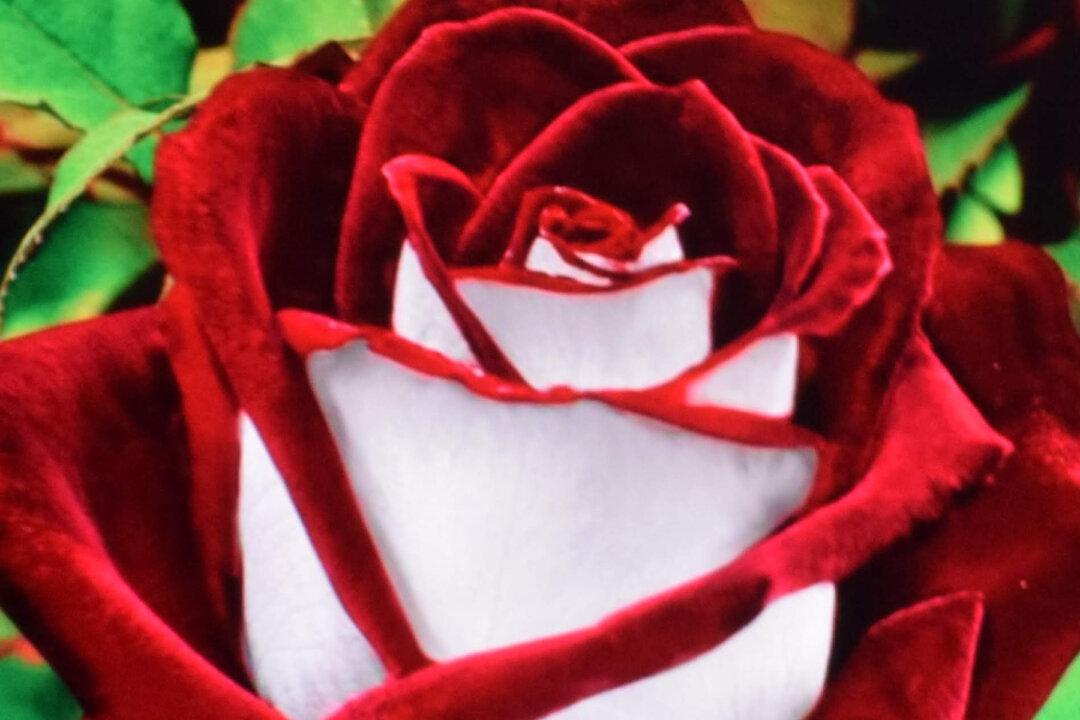With more than 150 different species of roses and many thousands of hybrids in the world, it could be hard to decide on a favorite flower. However, there is one hybrid tea rose that is drawing lots of attention due to its exotic colors.
The Osiria rose was in huge demand about six years ago after a picture showing the flower in a mesmerizing mix of burgundy-red and white went viral on the internet.





![‘Killing You Would Be the Same as Killing Ants’: Prisons Where Innocent Citizens Are Tortured [PHOTOS]](/_next/image?url=https%3A%2F%2Fimg.theepochtimes.com%2Fassets%2Fuploads%2F2023%2F12%2F09%2Fid5544114-Falun-DaFa-practitioner-1080x720.jpg&w=1200&q=75)